In the winter of 2020 the lab was involved in developing a new senior/graduate level course for design students at the UO College of Design to investigate ways to enhance the health of the population of people over the age of 50 through a collaboration between product, architecture, interior architecture and art to address the concept of “mobility, memory and metrics” through a Universal Design lens and cross-disciplinary perspective.

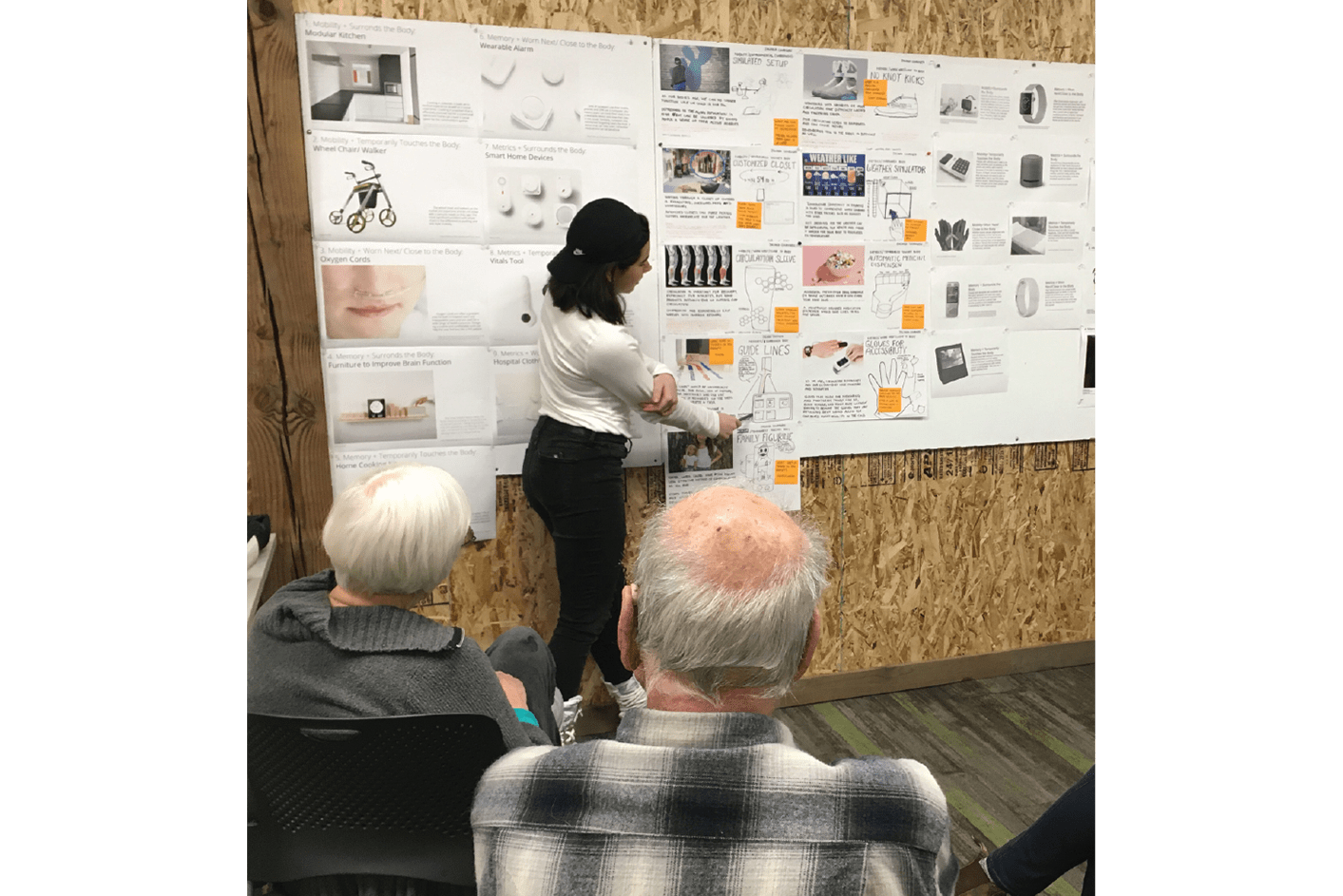

The intention of the course was to use new data streams coupled with direct interaction and feedback from aging users and industry to innovate new products and environments that are synergistic to support health through a Universal Design approach. Students were given the challenge of creating products that every user on the aging spectrum (all of us) would find beautiful and compelling to use without the need for any adaptation or specialized design. The course was taught across two campuses in Eugene and Portland in order to invite a wide-range of students, faculty, industry and community members to participate. Finally, the course was structured around the themes of “memory, mobility and metrics” and investigated these across three realms: that which is worn close to the body (e.g. footwear, apparel, medical device); that which temporarily touches the body (e.g. tools, furniture, home goods); and that which surrounds the body (e.g. landscape, architectural space, lighting, thermal, color or texture).
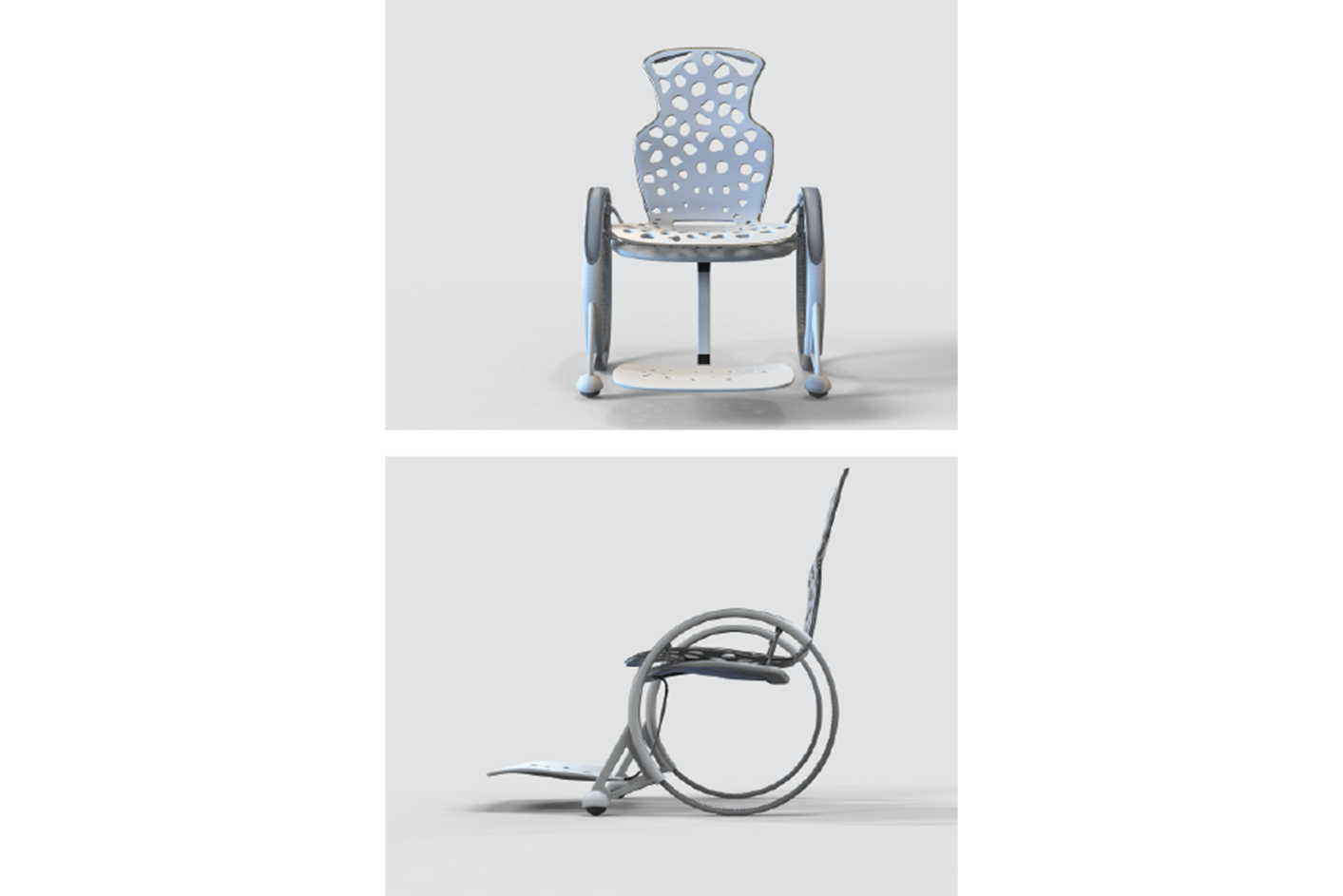
Glide Chair by Ezra Ende allows footrest to be fully retracted under seat to allow user to move with legs when not being escorted and prevent falls getting out.
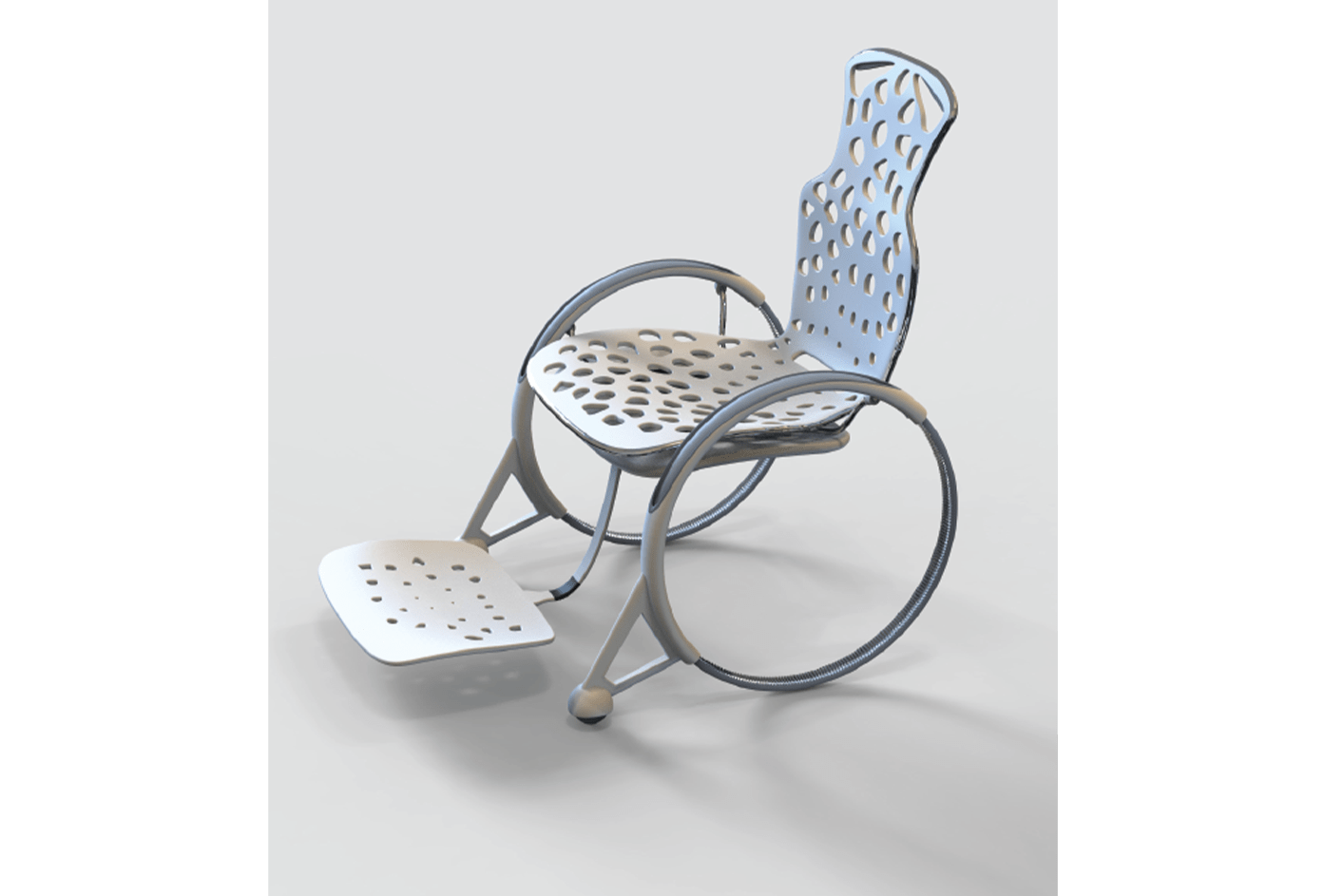
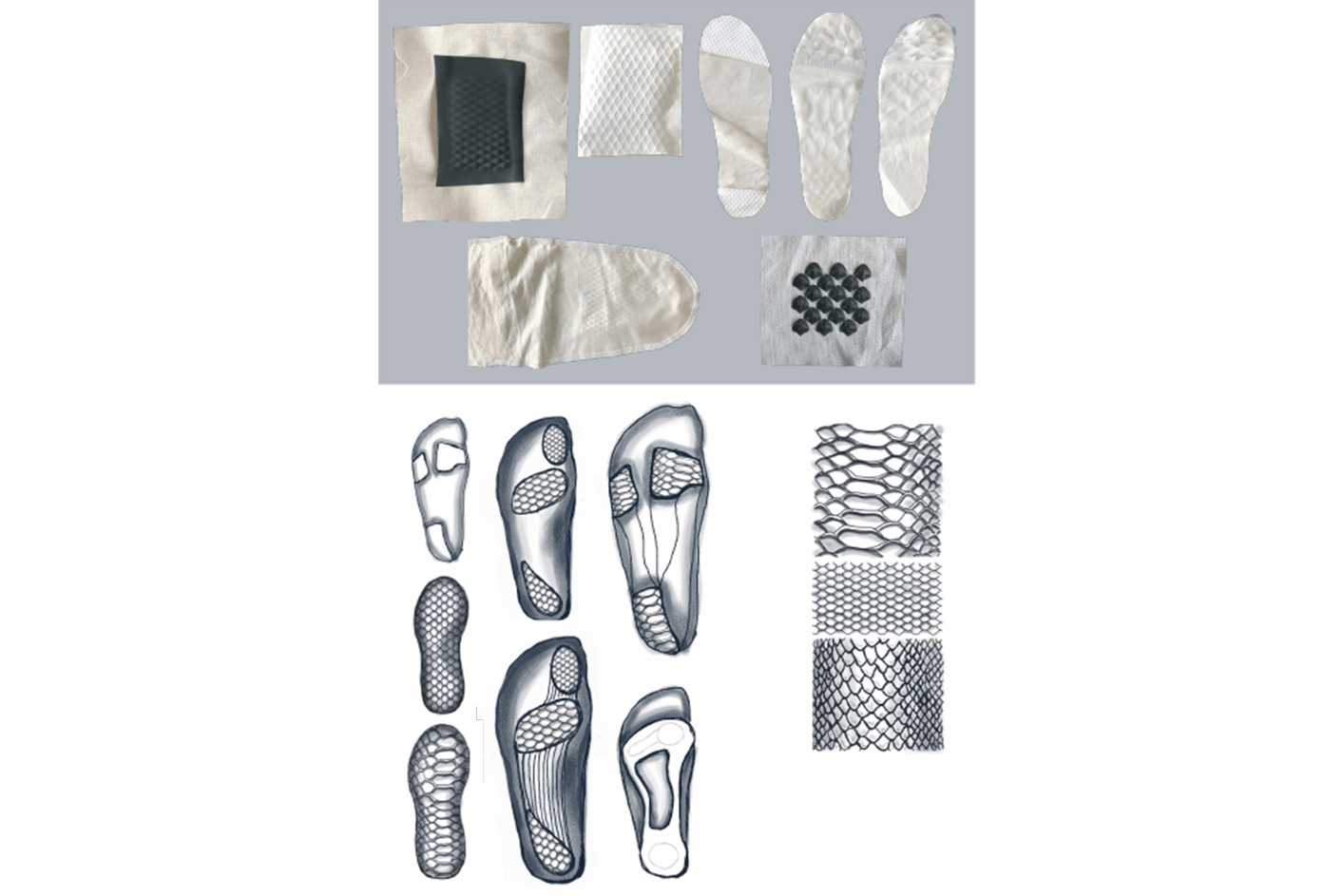
Fall Prevention Sock by Nicole Demby: digitally bespoke socks with individually-specific select compression and texture points to prevent shuffling and falls.
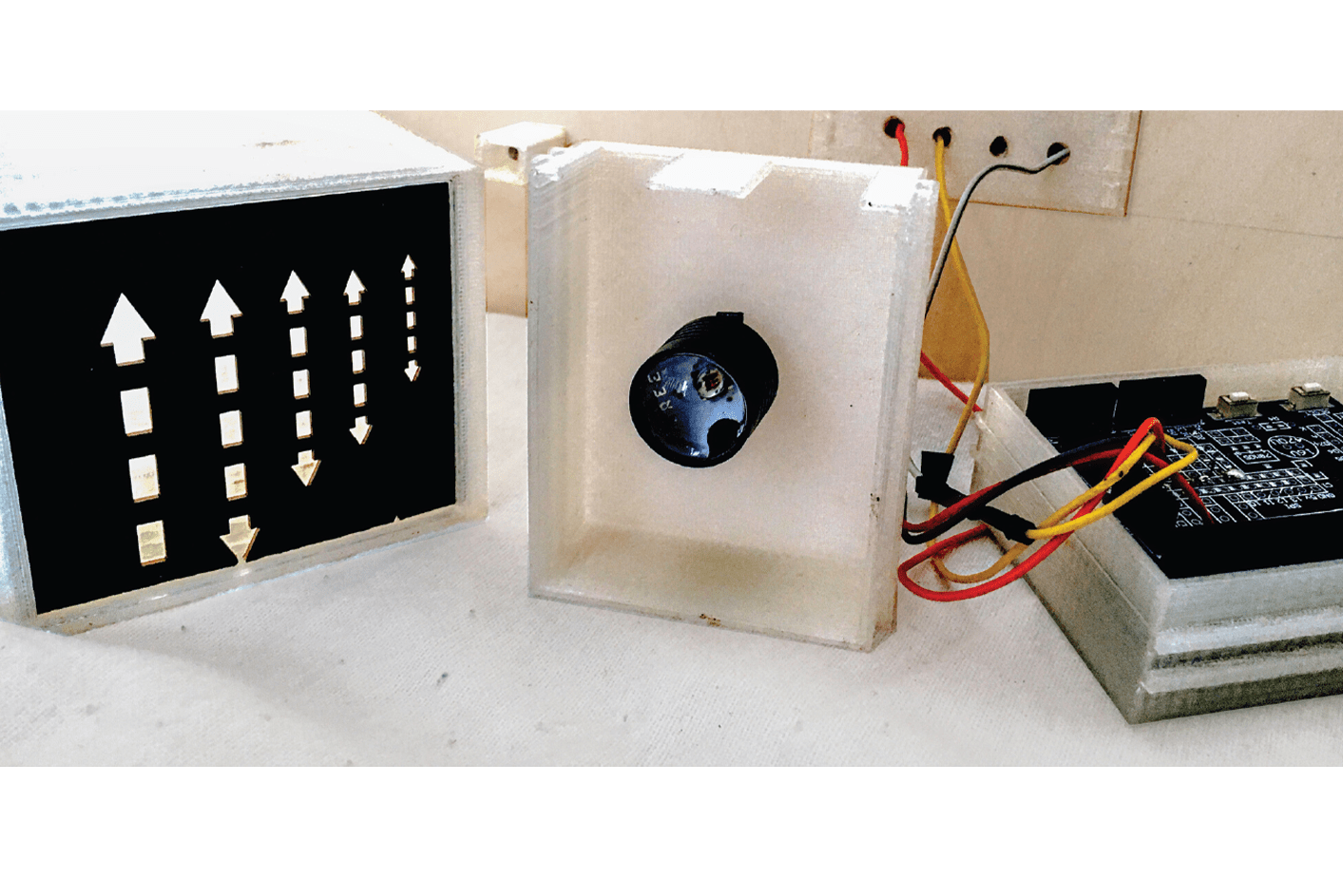

Series of motion sensing lights activated by user moving through space displaying common nightime route, such as to the bathroom. Light is tuned to not be disruptive of circadian sleep.

Sketch models for product allowing vertical or raised gardening. Modules can be aggregated to shape space or used individually.
